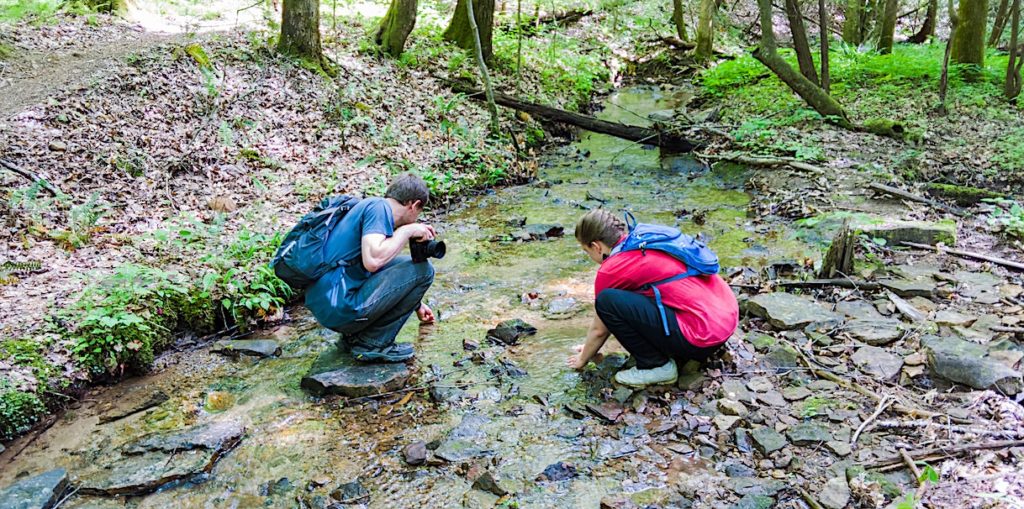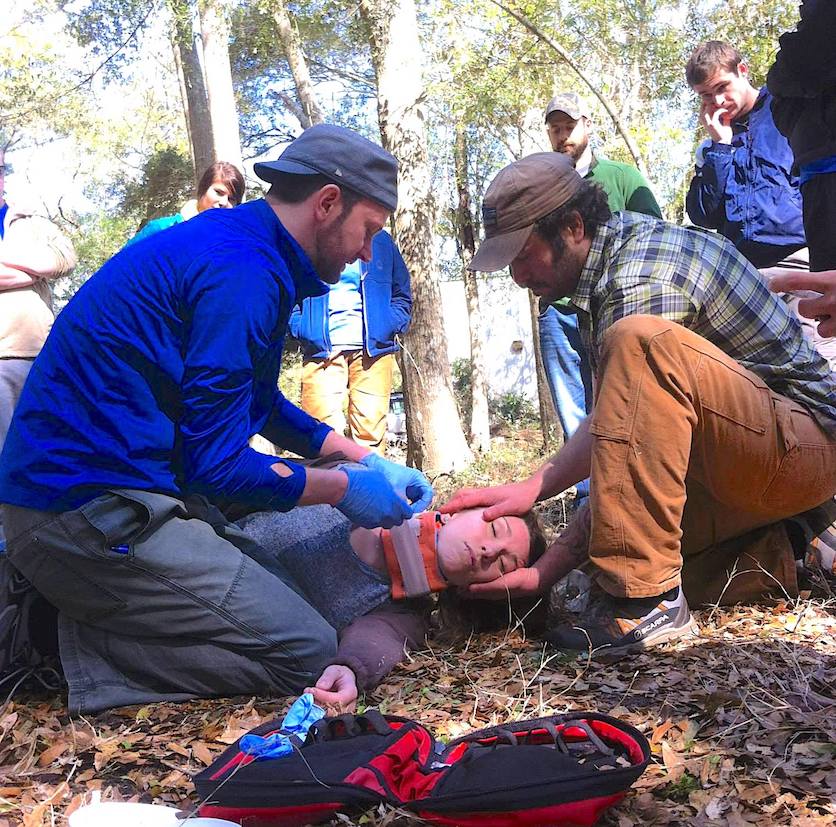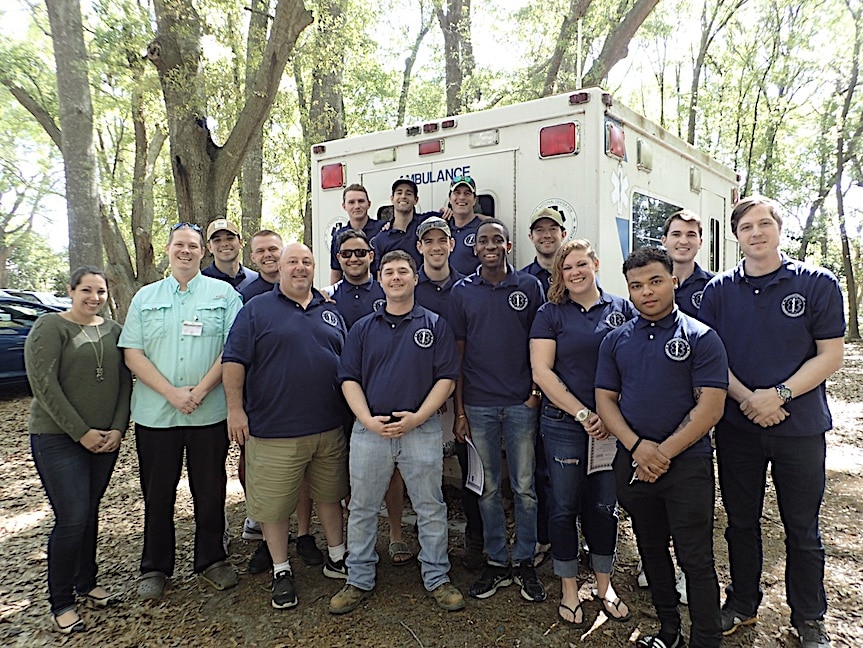Op-Ed: Has the Time Come to Standardize Wilderness Medicine Education and Training?
Wilderness Medicine TrainingThere is no shortage of wilderness medicine education providers in this country. From organizations that offer education and training for Wilderness First Responder (WFR) and Wilderness First Aid (WFA) certifications to those that offer train-the-trainer programs, a simple online search reveals a ton of options — especially when the search is focused on a specific geographical region.
What’s striking about all the wilderness medicine training and certification taking place is that none of it is nationally regulated. None of it adheres to commonly accepted industry standards that govern what’s being taught or how wilderness medicine education and training are being delivered. On the other hand, the training and certification EMTs receive is regulated on a state-by-state level and must meet minimum requirements as set by the National Highway Traffic Safety Administration (NHTSA).
Wilderness medicine training, while loosely adhering to a similar curriculum, is officially overseen by, well, no one. That being said, standardization and oversight aren’t completely absent. Several organizations have attempted to fill the void with a variety of education programs, courses, guidelines, accreditations, and oversight committees.
A Mismash in the Making
Historically speaking, first on the list is the Wilderness Medical Society (WMS) — a nonprofit founded in the early 1980s to encourage, foster, support, and conduct activities that improve the scientific knowledge of human health activities in a wilderness environment. WMS offers three types of advanced wilderness medicine-related certification that have a “continuing education” focus and accreditation connection. The organization’s Fellowship in the Academy of Wilderness Medicine (FAWM), Diploma in Mountain Medicine (DiMM), and Diploma in Diving and Marine Medicine (DiDMM) are all provided in accordance with standards set in part by the Accreditation Council for Continuing Medical Education (ACCME).
There’s also the fledgling Wilderness Medicine Education Collaborative (WMEC) — an ad hoc group of medical educators whose interest in providing guidance on content for wilderness medicine courses has resulted in the creation of minimum guidelines and scope of practice (SOP) documentation for Wilderness First Aid (WFA), Wilderness Advanced First Aid / Advanced Wilderness First Aid(WAFA/AWFA), and Wilderness First Responder (WFR) training. While the work of the collaborative (whose members include leaders from SOLO Wilderness Medicine, Wilderness Medical Associates International, and NOLS Wilderness Medicine, among others) has resulted in a robust set of SOPs, its influence is nonexistent outside those of us who actively choose to look beyond ourselves for best practices. In other words, without accreditation, there’s no real motivation for anyone offering wilderness medicine education to seek out the WMEC. And without a formal structure and an administrative arm, the WMEC has no enforceable authority or meaningful influence.
Speaking of accreditation, closer to home for those us in outdoor and experiential education, following a rapid increase in the number of adventure programs in the late 1980s and early 1990s, it became imperative that outdoor experiential education programs develop standards of program quality, professional behavior, and appropriate risk management. Enter the Association for Experiential Education (AEE), which responded to that need in the early 1990s by developing comprehensive standards for common practices in the adventure education industry, becoming the nation’s first recognized accreditation provider focused on outdoor and adventure-based experiential education programming.
(more…)Exactly What Is It That an EMT Does?
EMT TrainingDepending on where you live, you may see them every day or just when there’s a fire, police, or medical emergency where you are. Regardless of the frequency with which you see them, you may be wondering — what exactly does an EMT (Emergency Medical Technician) do?
EMTs are not just “ambulance drivers,” although that’s certainly a critical part of their occupation. An Emergency Medical Technician is a trained and certified medical provider who has demonstrated competency in basic pre-hospital medical care.
For EMTs and patients, an ambulance is more than transportation to the hospital. It’s a mobile mini-medical center squeezed into the back of a moving vehicle where a skilled team of pre-hospital healthcare providers perform a variety of life-saving medical interventions that save lives every day in every community.
What an EMT Must Learn
While nearly anyone can attempt to become an EMT, in order to qualify to take and pass the National Registry of Emergency Medical Technicians certification exam, candidates must first complete an approved EMS education program. In that program, EMT candidates’ study and learn a lot of things, including:
(more…)Proper Water Treatment Needs to be a Priority in the Backcountry
Wilderness CookingWhile it’s true that some water sources you encounter in the outdoors are safe, know that drinking from even the most pristine looking stream or river can make you sick. There might be unseen runoff from industry, agriculture, livestock, and wildlife, and these can contribute bacteria, chemicals, and other contaminants to the very water you believe is safe to drink.
Which means you should always treat all outdoor water sources before consuming. If that recommendation is confusing or sounds somewhat limiting, consider the following: To guarantee your continued health while recreating in the outdoors, whenever possible, you should bring your own water from a known source. That includes tap water from home or bottled water from the store. The only other option is to practice water treatment techniques.

Here are some common ways to treat water:
BOILING
This method is one of the simplest and least expensive ways to treat water in the backcountry.
- Simply fill your water pot from your water source, place your pot on your stove, then bring to a full rolling boil.
- Once your water has come to a full rolling boil, allow to continue boiling for another minute to eliminate bacteria, protozoa, and some viruses.
- And if you find yourself at a higher altitude (above 6,500 feet), add another three minutes to that boiling time.
- However, boiling is not the best method when you know your water is contaminated with runoff from agriculture or chemicals.
(more…)Warning: Boiling water burns cooking fuel. You might consider saving cooking fuel for cooking and perhaps build a wood fire — assuming your backcountry permit or local ordinances allow for it — to boil water for drinking.
TALK TO US
Have any further questions about our courses, what you’ll learn, or what else to expect? Contact us, we’re here to help!

